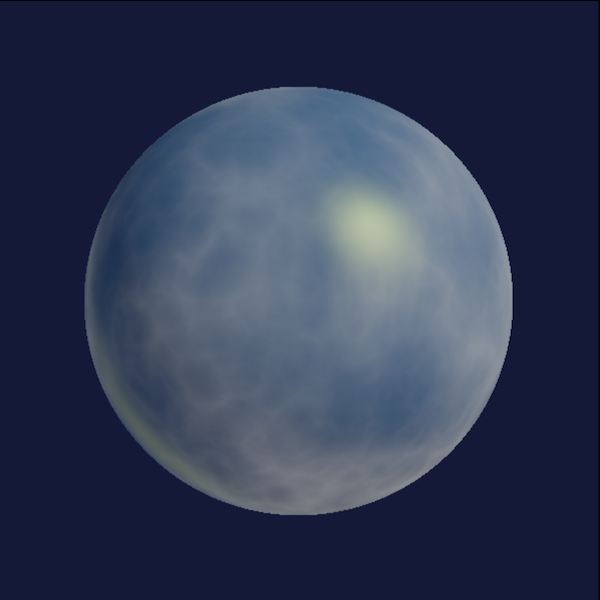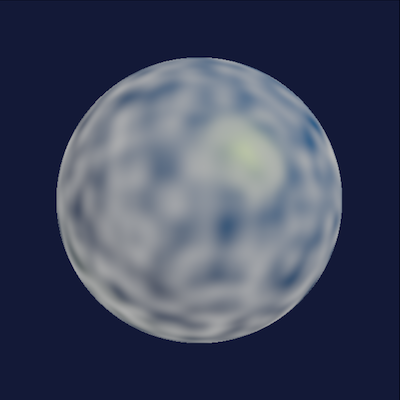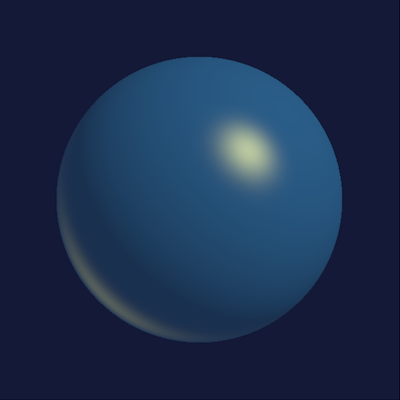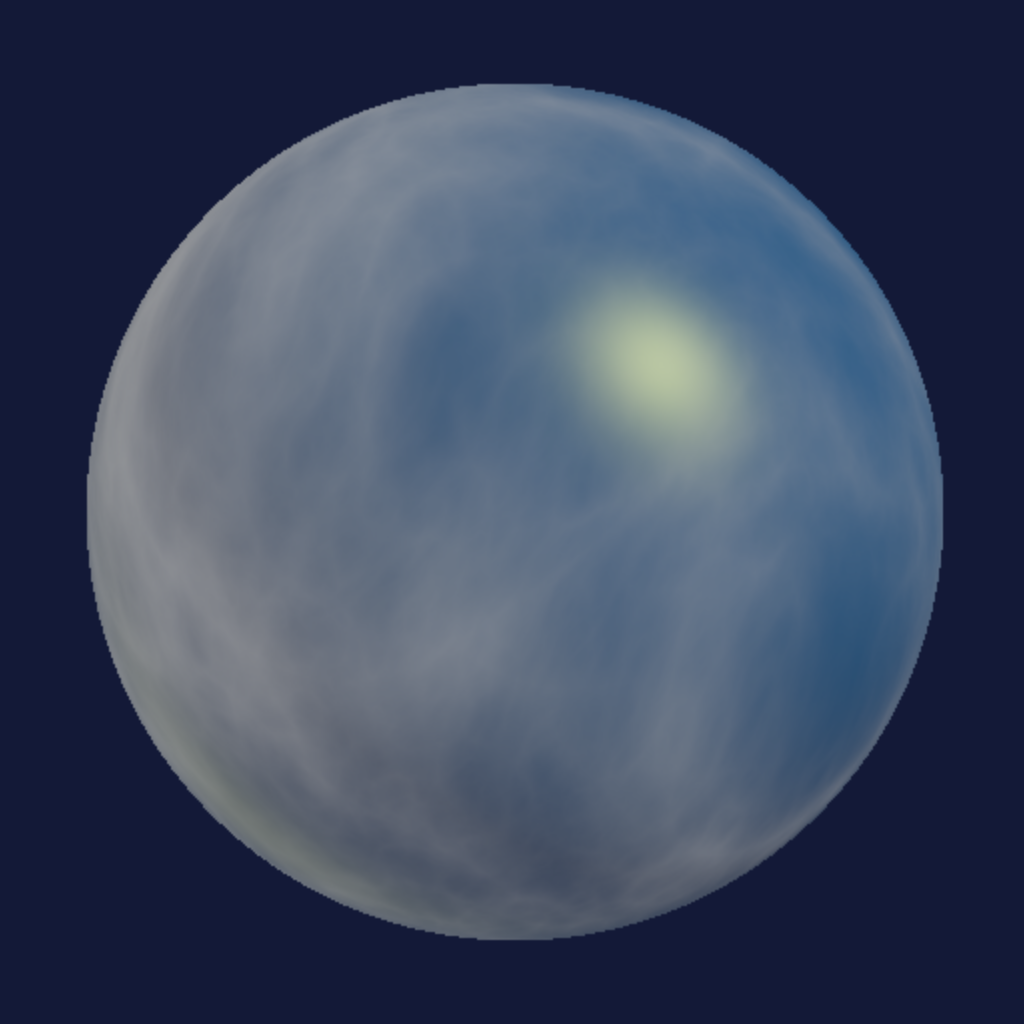We can use this case as a kind of litmus test of the relationship between an oppressed subculture and the surrounding dominant culture which (often unknowingly) oppresses and marginalizes that subculture.
In particular, we can examine how the dominant culture regards a work of art in which the subculture is having a conversation with itself. Very often such internal conversations will speak to the nature of the oppression.
When critics in the dominant culture recognize and honor such a work of art — when they understand the nature of the conversation they are witnessing — that is a sign of positive societal evolution.
For example, the dominant American culture was ready, by 1964, to accept Fiddler on the Roof as a valid expression of the Jewish experience of cultural repression. This was a work created by Jews which spoke unapologetically to a Jewish audience about its own experiences of cultural repression. In 1964 it was enthusiastically embraced by the larger culture.
In that case, the dominant culture was ready to receive the message. At an earlier stage of American history, a similar work would have been dismissed or simply ignored by the culture at large. In fact, the Jewish theater was largely ignored by the dominant American culture in the early part of the 20th century.
There are generally four historical stages that a society goes through with regard to any particular oppressed subculture. In various eras this pattern has been repeated for the Irish, Italians, Chinese, Gay, Catholic, Black, Hispanic, Jewish and many other subcultures.
In the first stage, such internal conversations are simply ignored by the dominant subculture — as though they never happened. In the second stage, they are dismissed as needlessly combative and pointless.
In the third stage they are embraced as a bold wake-up call. In the fourth and final stage they become unnecessary, as society evolves to the point where the oppression itself fades away.
With regard to gay identity, we are currently in the third stage. It will be very nice when society evolves more, and we arrive at the final stage.






